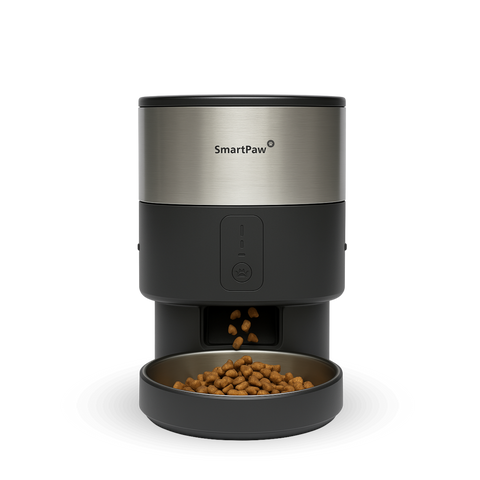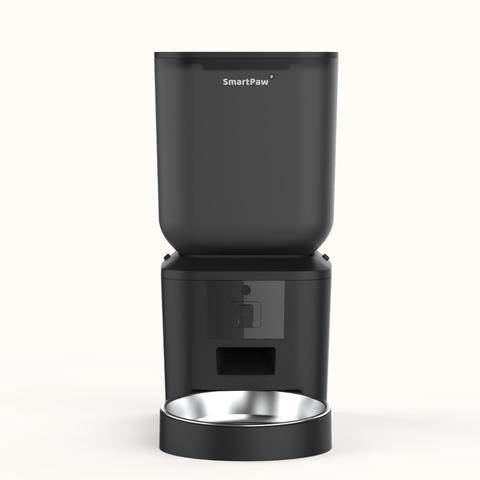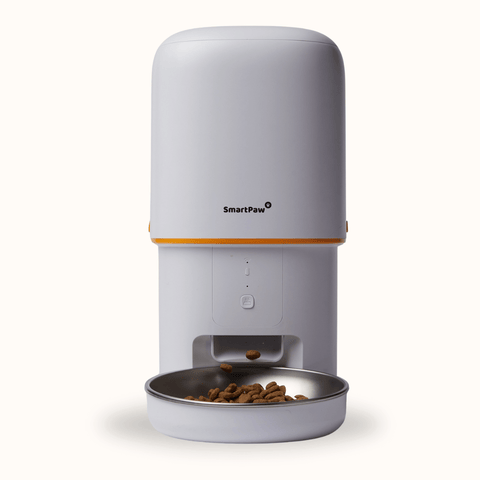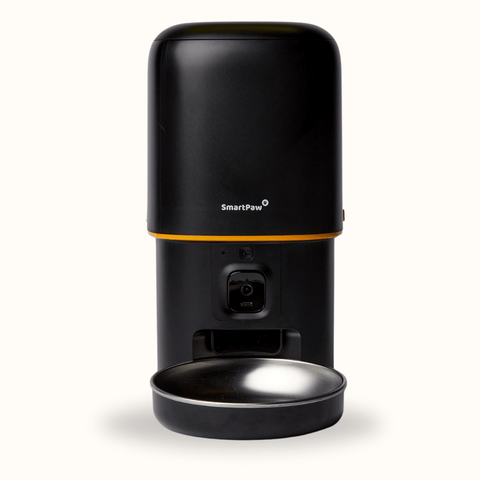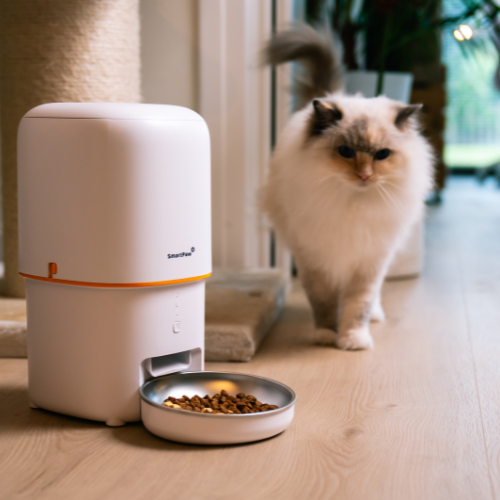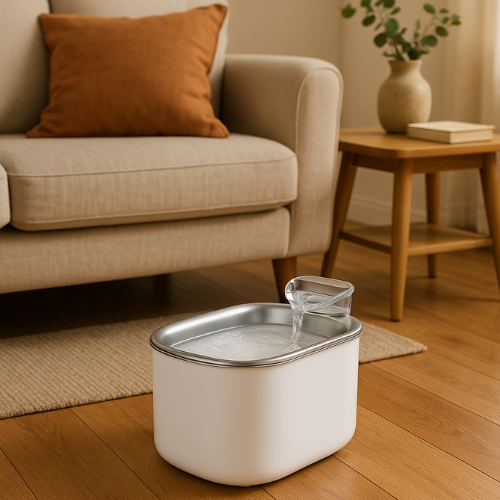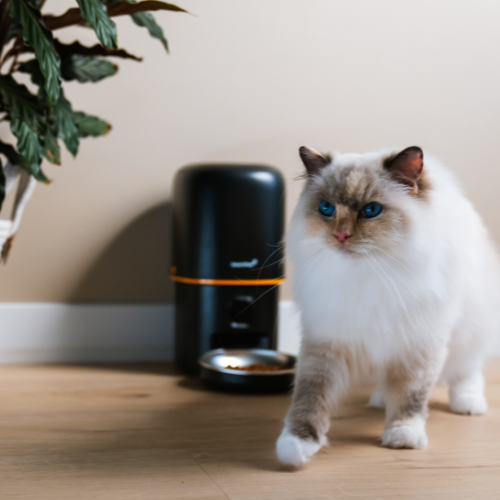As a cat owner, you may wonder how often your feline friend should eat to maintain optimal health. Understanding the ideal feeding frequency for cats can help prevent obesity, digestive issues, and behavioral problems. In this guide, we will explore the best feeding schedule for cats and how an automatic cat feeder can ensure consistency and convenience.

How Often Should Cats Eat?
The ideal feeding schedule depends on your cat's age, health, and activity level. Here’s a breakdown:
1. Kittens (0-6 months)
-
Kittens have small stomachs and fast metabolisms, requiring 3-4 meals per day.
-
High-protein and calorie-dense food is essential for proper growth.
-
Wet food is often recommended alongside dry food to keep them hydrated.
2. Adult Cats (6 months - 7 years)
-
Most adult cats thrive on two meals per day (morning and evening).
-
Portion control is key to preventing weight gain.
-
Free-feeding (leaving food out all day) can lead to overeating and obesity.
3. Senior Cats (7+ years)
-
Senior cats may have a slower metabolism and should be fed two smaller meals per day.
-
If your cat has medical conditions like diabetes or kidney disease, consult your vet for a tailored feeding schedule.
Why Consistency Matters in Cat Feeding
Cats are creatures of habit, and feeding them at regular times each day helps:
-
Maintain a healthy weight by preventing overeating.
-
Reduce stress and anxiety since cats expect meals at set times.
-
Improve digestion with a predictable eating routine.
-
Prevent waking you up at night due to hunger-related behavior.
The Benefits of an Automatic Cat Feeder
An automatic cat feeder ensures your cat is fed on a consistent schedule, even when you’re not home. Here’s why it’s a game-changer:
-
Portion Control: Prevents obesity by dispensing the right amount of food.
-
Timed Feedings: Ensures your cat eats at the same time every day.
-
Reduces Begging: Cats won’t associate feeding with you, reducing constant meowing.
-
Convenient for Busy Owners: You can work late or travel without worrying about feeding times.
How to Use an Automatic Feeder for Optimal Feeding
-
Choose a high-quality feeder with programmable portion sizes and feeding times. What are the best automatic feeders on the market?
-
Set feeding times that align with your cat’s routine (e.g., 7 AM and 6 PM).
-
Use a mix of dry and wet food if your feeder supports it.
-
Keep the feeder clean to prevent bacteria buildup and keep food fresh.
Conclusion
Feeding your cat the right amount at the right times is crucial for their health and well-being. While kittens need multiple meals per day, adult cats generally do well with two meals. An automatic cat feeder can help ensure consistency, prevent overeating, and make feeding hassle-free for busy cat owners.
By following a structured feeding routine, you can keep your cat happy, healthy, and well-fed—without the stress of remembering every meal.
Looking for a reliable automatic cat feeder? Check out our Smartpaw Automatic Feeders to give your cat the perfect meal schedule!
